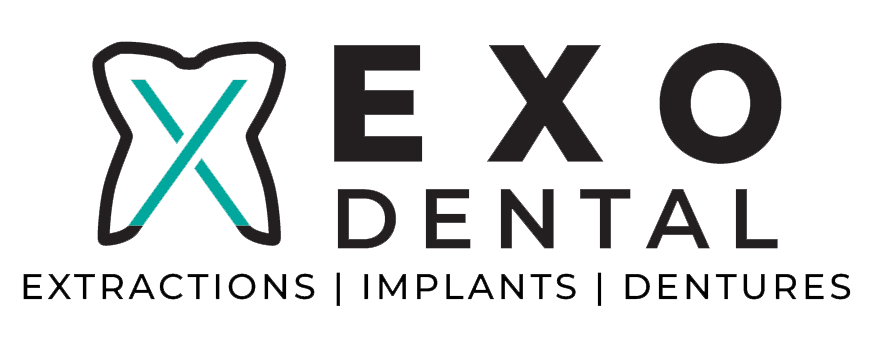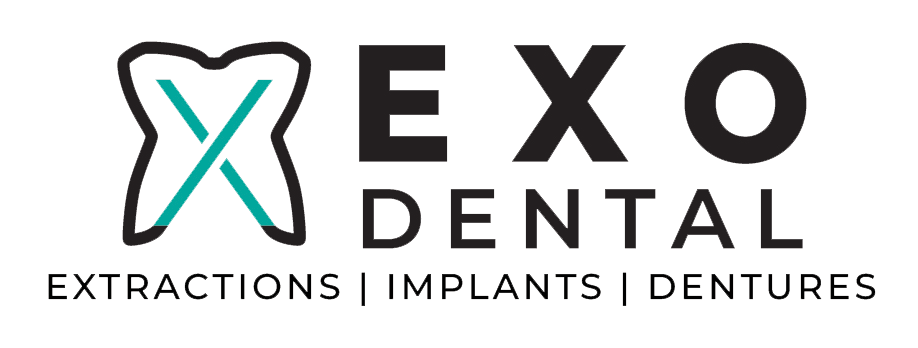How Sedation Dentistry Can Ease Your Dental Fears
Many people experience anxiety or fear at the thought of visiting the dentist. For some, this fear can be so intense that it prevents them from seeking necessary dental care. This is where sedation dentistry can make a significant difference. Sedation dentistry involves using medication to help patients relax during dental procedures, ensuring they receive the care they need without the associated stress and anxiety.
Sedation dentistry is suitable for a wide range of procedures, including extractions, full dentures, partial dentures, and dental implants. With the help of sedation, we can carry out these treatments more comfortably and efficiently. The calming effects of sedation reduce the gag reflex, minimize discomfort, and make long appointments seem shorter.
Understanding sedation dentistry is the first step toward overcoming dental fears. It can transform a fearful experience into a calm and manageable one, allowing patients to maintain their oral health without the stress. By exploring sedation options, we can find the right solution tailored to each patient's needs, ensuring a positive and anxiety-free dental experience.
What Is Sedation Dentistry?
Sedation dentistry involves the use of medication to help patients relax during dental procedures. This approach is especially beneficial for those who experience anxiety or fear when visiting the dentist. By using sedation, we can perform various treatments, such as extractions, full dentures, partial dentures, and dental implants, without causing undue stress to the patient.
There are different levels of sedation, ranging from mild to deep. The level of sedation used depends on the procedure being performed and the patient’s level of anxiety. Light sedation helps patients feel calm and relaxed while being fully awake. Moderate sedation might make the patient drowsy and less aware of the procedure but still able to respond to instructions. Deep sedation induces a state of near-unconsciousness where the patient has little to no memory of the procedure.
Types of Sedation Used in Dentistry
- Nitrous Oxide (Laughing Gas): This is one of the lightest forms of sedation used in dentistry. Nitrous oxide is inhaled through a mask placed over the nose. It helps patients feel relaxed and at ease during the procedure. The effects wear off quickly, allowing patients to drive themselves home after their appointment.
- Oral Sedation: This involves taking a prescribed medication before the dental appointment. Oral sedation can range from mild to moderate, depending on the dosage. Patients may feel drowsy and relaxed but remain awake and able to respond. This type of sedation is useful for procedures like extractions and when fitting dentures.
- IV Sedation: IV sedation is administered through a vein, allowing the sedative to take effect quickly. This type of sedation provides a moderate to deep level of sedation, depending on the dose. Patients are often awake but in a deeply relaxed state, with little to no memory of the procedure. IV sedation is particularly beneficial for more complex treatments such as dental implants.
- General Anesthesia: This is the deepest form of sedation and is typically reserved for extensive dental procedures or patients with severe anxiety. Under general anesthesia, patients are completely unconscious and unaware of the procedure being performed. This type of sedation requires special monitoring and is usually administered in a hospital setting.
By understanding the different types of sedation available, patients can work with their dentist to choose the best option for their needs. This collaboration ensures that dental visits are as comfortable and stress-free as possible.
The Benefits of Sedation Dentistry for Patients
Sedation dentistry offers numerous benefits for patients who are anxious or fearful about dental procedures. One of the primary advantages is the ability to provide a comfortable and stress-free experience. When patients are relaxed, we can perform necessary treatments like extractions, full dentures, partial dentures, and dental implants without causing additional anxiety. This ensures that patients receive the care they need to maintain their oral health.
Another significant benefit is the reduction of discomfort and pain during dental procedures. Sedation helps to manage the gag reflex, minimize movement, and ease the sensation of pain. For patients with a low pain threshold, this can make a substantial difference in how they perceive and tolerate dental treatments. Additionally, sedation allows for longer procedures to be completed in one visit, which is particularly useful for complex treatments that involve multiple steps.
Patients who opt for sedation dentistry often report a sense of calm and peace during their appointments. This makes it easier for us to focus on delivering high-quality care without interruptions or the need for multiple visits. Sedation dentistry also helps build a positive association with dental care, making patients more likely to return for regular check-ups and follow-up treatments. This ongoing care is essential for maintaining optimal oral health and preventing future dental issues.
How to Prepare for Your Sedation Dentistry Appointment
Preparing for a sedation dentistry appointment involves a few essential steps to ensure everything goes smoothly. First, patients should have a detailed consultation with their dentist to discuss their medical history, current medications, and any allergies. This information helps us determine the most appropriate type of sedation and dosage for each patient.
In most cases, patients are advised to avoid eating or drinking for several hours before their appointment. This reduces the risk of nausea and vomiting during the procedure. Patients should also arrange for a responsible adult to accompany them to and from the appointment, as the effects of sedation can take time to wear off fully. Wearing comfortable clothing and bringing a list of any questions or concerns can also help make the experience more pleasant.
Before the appointment, we provide detailed instructions on what to expect and how to prepare. It’s essential to follow these guidelines closely to ensure the best possible outcome. Patients should plan to take it easy for the rest of the day after their procedure, as they may feel groggy or disoriented. Drinking plenty of water and getting plenty of rest can help speed up the recovery process.
By taking these steps, patients can ensure a safe and effective sedation dentistry experience. Proper preparation helps to minimize potential risks and ensures that the procedure goes as smoothly as possible. This makes it easier for patients to receive the dental care they need and maintain their oral health without unnecessary stress or discomfort.
Conclusion
Sedation dentistry is a valuable option for patients who experience anxiety, fear, or discomfort during dental procedures. From extractions and full dentures to dental implants and 3D printed dental appliances, sedation can make a significant difference in how treatments are perceived and tolerated. With various types of sedation available, patients can find the best option to meet their specific needs, ensuring a stress-free and comfortable experience.
Proper preparation and understanding of sedation dentistry are crucial for achieving the best outcomes. By working closely with our dental team and following the recommended guidelines, patients can minimize potential risks and enjoy a smoother recovery process. Ultimately, sedation dentistry provides a pathway to receive essential dental care without the associated fear and anxiety.
If you’ve been avoiding dental visits due to anxiety or fear,
sedation dentistry might be the solution you need. At Exo Dental, we are committed to providing compassionate and comprehensive care in a comfortable environment. Schedule a consultation with us today to learn more about how sedation dentistry can ease your dental fears and help you maintain a healthy, beautiful smile.
Don't hesitate to contact Exo Dental in Rogers to discuss your tooth removal and oral surgery options. Hablamos Español.

